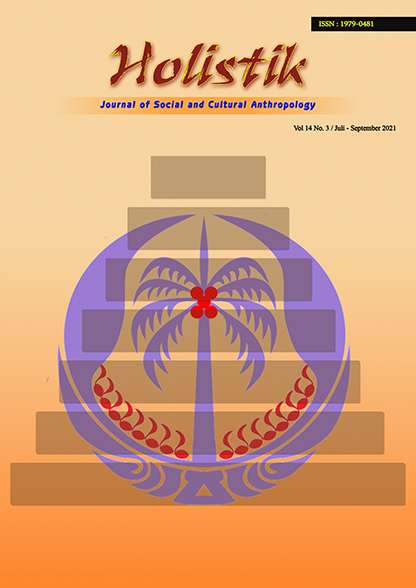MAKNA SIMBOLIK “TAU-TAU†DALAM RITUAL KEMATIAN PADA MASYARAKAT KELURAHAN PANTA’NAKAN LOLO KECAMATAN KESU’ KABUPATEN TORAJA UTARA
Abstract
The Toraja people have an identity because of the culture of the people that continues to survive until now. In the life of the Toraja people, it is never separated from symbols and meanings. One of them is the use of tau-tau (statue) symbol that is still part of the ritual of death of Toraja people. Making tau-tau is one of the complementary elements of the cemetery in Toraja. In this case, the Toraja people still use the caste system and the person who can be made to know is a person from the nobility. Tau-tau is also a symbol of memory for the family left behind to remember the deceased. Not only that, tau-tau is a symbol of respect from the family and the community to commemorate the services of the deceased during his life.
Tau-tau has existed since the existence of Alukta (the rule of life of the former in Toraja) which was passed down to their posterity until now. Tau-tau has a high artistic value, if seen from its shape that resembles the deceased. In addition, tau-tau also adorns the tombs of the Toraja noble family, which is found in many natural attractions in Toraja. The tau-tau is placed in front of patane (graveyard shaped house) and neatly arranged in front of the wall of stone walls or cliffs. Tau-tau is usually put together and tightly locked in one place to avoid theft from art collectors. Tau-tau has become part of the customs and culture of the Toraja people so it cannot be eliminated. If the making of tau-tau is eliminated, then it is the same as eliminating the authenticity of the Toraja tribe.
Keywords: Tau-tau, Symbols and Meanings
